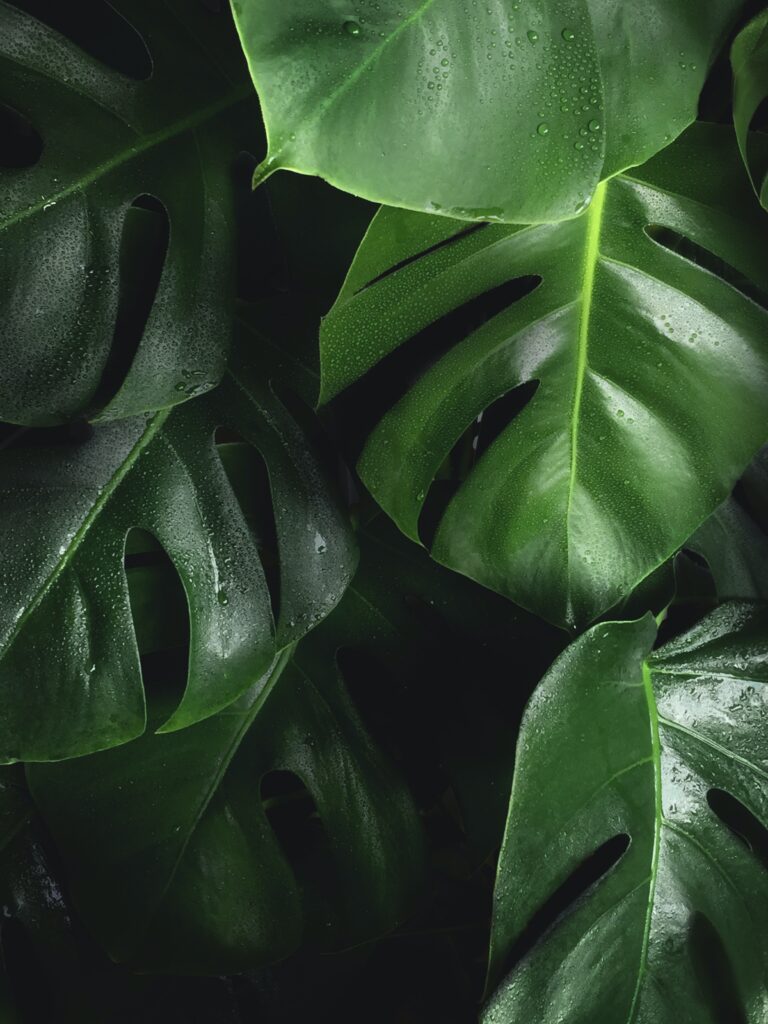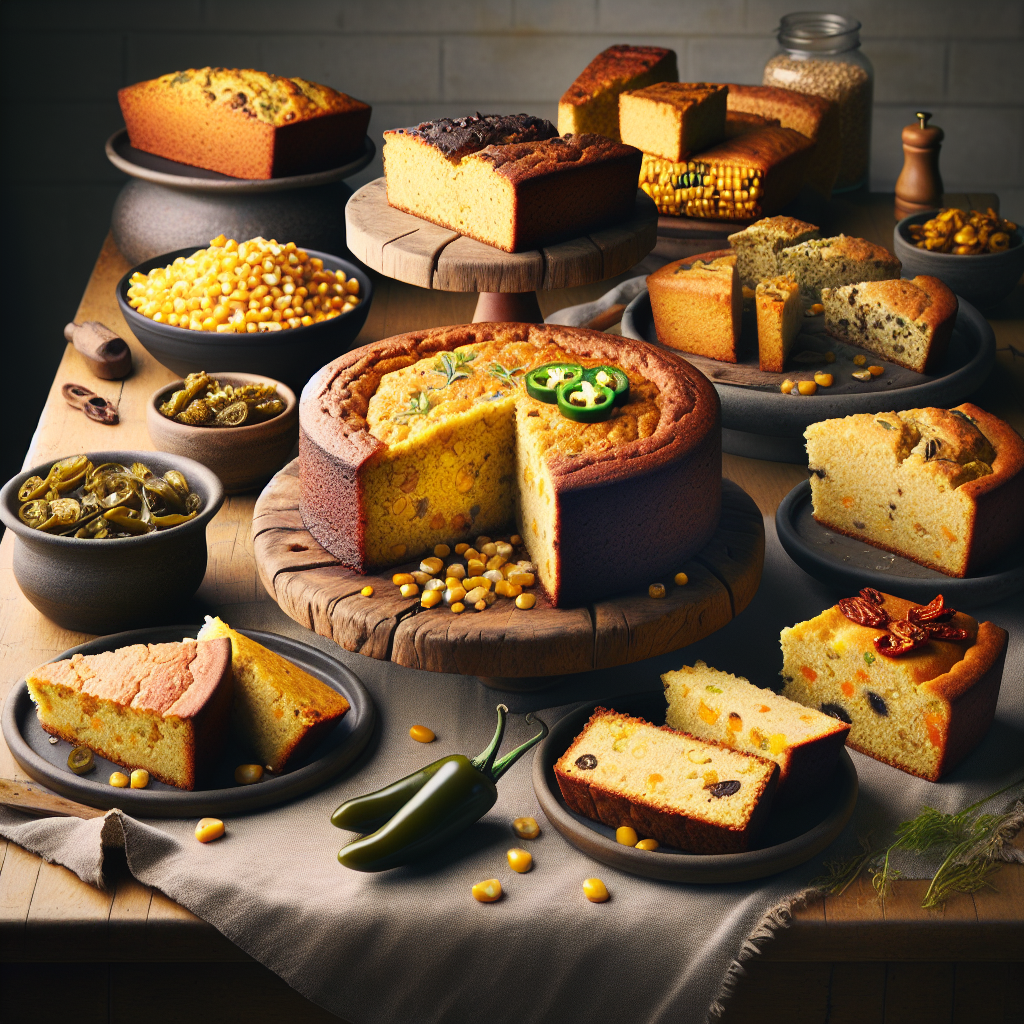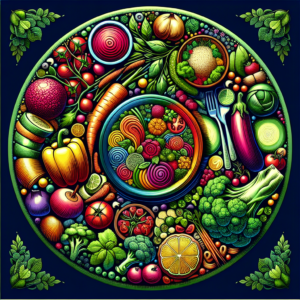Vegan Cornbread: Introduction
We are excited to share with you a delectable recipe that will surely delight your taste buds: Vegan Cornbread. This classic comfort food has been given a vegan twist, making it suitable for those following a plant-based lifestyle. With its golden crust and moist interior, this cornbread is incredibly easy to make and packed with delicious flavors. Whether you’re vegan or simply looking to switch up your usual cornbread recipe, this vegan version is a must-try. Get ready to savor the delightful combination of cornmeal, creamy plant-based milk, and aromatic spices in this irresistible treat.
Vegan Cornbread: Ingredients
Cornmeal
Cornmeal serves as the base of vegan cornbread. It provides a unique texture and flavor that is distinctively cornbread. Make sure to choose a finely ground cornmeal for a smooth and tender result.
All-purpose flour
All-purpose flour is used to provide structure and texture to the cornbread. It helps bind the ingredients together and adds a softness to the final product. If you prefer a gluten-free version, you can substitute the all-purpose flour with a gluten-free flour blend.
Baking powder
Baking powder is an essential ingredient in vegan cornbread as it helps the bread rise. It acts as a leavening agent, creating air bubbles that make the bread light and fluffy. Make sure to use aluminum-free baking powder for optimal results.
Salt
Salt is an important ingredient in any recipe as it enhances the flavor. In vegan cornbread, it helps balance the sweetness and adds depth to the overall taste. Be sure to use a good quality salt to bring out the best flavors.
Non-dairy milk
Non-dairy milk plays a crucial role in vegan cornbread by providing moisture and richness. You can choose from a variety of non-dairy milk options such as almond milk, soy milk, or oat milk. Make sure to use an unsweetened variety to avoid overpowering the flavors of the cornbread.
Vegan butter or oil
Vegan butter or oil adds fat to the cornbread, which contributes to its moisture and flavor. You can use any plant-based butter or oil of your choice, such as coconut oil or olive oil. Make sure it is melted before adding it to the batter for easy mixing.
Maple syrup or sugar
Maple syrup or sugar is used to sweeten the cornbread. It adds a touch of sweetness that balances the savory flavors. Choose your preferred sweetener, whether it’s maple syrup for a natural sweetness or sugar for a more traditional taste.
Apple cider vinegar
Apple cider vinegar plays a crucial role in activating the leavening agents in the cornbread. It helps the bread rise and creates a tender texture. Don’t worry about the vinegar taste as it is not detectable in the final product.
Optional add-ins
Optional add-ins can elevate the flavors and textures of your vegan cornbread. You can get creative and add things like diced jalapenos for a spicy kick or corn kernels for extra sweetness and crunch. These add-ins allow you to personalize your cornbread and make it your own.
Topping options
Toppings can enhance the taste and presentation of your vegan cornbread. Consider serving it with vegan butter for a creamy touch or drizzling agave nectar for added sweetness. These toppings add a little something extra to make your cornbread even more enjoyable.

Vegan Cornbread: Instructions
Preparation
Before starting the cornbread recipe, it’s essential to prepare a few things. First, grease or line the baking pan to prevent the cornbread from sticking. This ensures easy removal once it’s baked. Also, preheat your oven to the specified temperature so it’s ready to go when the batter is mixed.
Additionally, gather all the required ingredients and equipment to have everything within reach while preparing the cornbread. Having everything organized and ready will make the process smoother and more enjoyable.
Mixing the Dry Ingredients
To make vegan cornbread, start by combining the cornmeal, all-purpose flour, baking powder, and salt in a bowl. Whisk the ingredients together to ensure an even distribution. This mixing step is important to ensure that every bite of cornbread has a consistent texture and flavor.
Preparing the Batter
In a separate bowl, mix the non-dairy milk, melted vegan butter or oil, maple syrup or sugar, and apple cider vinegar. Gradually combine the wet and dry ingredients by pouring the wet mixture into the bowl with the dry ingredients. Stir the mixture until everything is well combined, but be careful not to overmix as it can lead to a tougher texture.
If you want to add any optional add-ins, such as diced jalapenos or corn kernels, this is the perfect time to fold them into the batter. These add-ins can add extra layers of flavor and texture to your cornbread.
Baking
Transfer the batter to the prepared baking pan, and smooth the top with a spatula to ensure an even surface. Place the pan in the preheated oven and bake at the specified temperature for the recommended time. Every oven is different, so it’s important to keep an eye on the cornbread towards the end of the baking time to prevent overcooking.
To check for doneness, insert a toothpick into the center of the cornbread. If it comes out clean or with a few crumbs, it’s ready to be taken out of the oven. Remember that the cornbread will continue to cook slightly as it cools, so it’s better to slightly undercook it than to overcook it.
Serving
Once the cornbread is baked, allow it to cool in the baking pan before serving. This helps the cornbread set and makes it easier to handle. Once it has cooled, you can cut it into desired shapes and sizes. Vegan cornbread makes a delicious side dish to complement soups, stews, or chili. Alternatively, you can enjoy it on its own as a tasty snack or breakfast treat.
To enhance the flavors and presentation of the cornbread, consider serving it with optional toppings. Spread a bit of vegan butter on a warm piece for a creamy touch, or drizzle some agave nectar over the top for added sweetness. These toppings can take your cornbread to the next level and make it even more enjoyable.

Vegan Cornbread: Tips and Variations
Here are some tips and variations to help you customize your vegan cornbread recipe:
Gluten-Free Alternatives
For those with gluten sensitivities or intolerances, it’s crucial to adapt recipes to suit their dietary needs. In the case of vegan cornbread, using a gluten-free flour blend is an excellent alternative to traditional all-purpose flour. It’s important to experiment with various gluten-free flour blends, as each can offer a different texture and flavor. Some popular gluten-free flours include almond flour, rice flour, and coconut flour. Each of these flours has unique properties, so experimenting with them can help you find the perfect match for your vegan cornbread recipe.
Creative Add-Ins
Enhancing the flavor and texture of vegan cornbread can be as simple as incorporating various add-ins into the batter. Diced jalapenos are a fantastic option for those who enjoy a spicy twist, while corn kernels add a pleasant sweetness and unique texture. Other creative additions can include diced bell peppers for a crunchy texture, shredded vegan cheese for a cheesy flavor without dairy, or herbs like rosemary or thyme for an aromatic touch. The key is to be adventurous and try different combinations to discover your favorite flavor profile.
Sweetness Adjustment
The sweetness of cornbread can vary greatly depending on personal preference. To cater to different tastes, adjust the amount of maple syrup or sugar in the recipe. For a sweeter cornbread, increase the quantity of sweeteners. It’s essential to taste the batter before baking to ensure it meets your desired level of sweetness. This step allows for customization and ensures that the final product is perfectly tailored to your taste buds.
Flavor Enhancements with Herbs and Spices
Adding herbs or spices to your vegan cornbread batter can significantly enhance its flavor. Consider incorporating herbs like rosemary for a fragrant, earthy taste or spices like paprika for a smoky flavor. These additions not only improve the taste but also make the cornbread more interesting and enjoyable. Experiment with different herbs and spices to find the combination that best complements your recipe.
Healthier Substitutions
For a healthier twist on traditional vegan cornbread, consider replacing all or part of the non-dairy milk with unsweetened applesauce. This substitution not only reduces the fat content but also maintains the moisture of the cornbread. Additionally, the subtle apple flavor introduced by the applesauce can add a delightful new dimension to the dish. This modification is particularly beneficial for those looking to reduce their fat intake without compromising on taste and texture.

Storage and Reheating
To store vegan cornbread, allow it to cool completely before placing it in an airtight container in the refrigerator. The cornbread can stay fresh for a few days when properly stored. When ready to reheat, you can either use a microwave or an oven to warm it up. Be sure to keep an eye on the cornbread to avoid overheating and drying it out.
Enjoy the delicious vegan cornbread within a few days for the best taste and texture. It makes a wonderful addition to meals or a delightful snack on its own.

History of Vegan Cornbread
Vegan cornbread, an adaptation of traditional cornbread, has evolved to cater to plant-based diets. The origins of cornbread date back to Native American cuisines, where corn, a staple crop, was ground into cornmeal and used in various dishes. European settlers in America adopted and adapted cornmeal recipes, leading to the creation of what is now known as classic cornbread.
With the rise of veganism, cornbread has been reinvented to exclude animal products like milk and eggs, resulting in vegan cornbread. This adaptation reflects a growing interest in plant-based diets and a desire to maintain traditional flavors while adhering to vegan principles.
Use of Vegan Cornbread Around the World
United States
In the United States, cornbread is a staple in Southern cuisine. The vegan version of this beloved dish is often served as a side with meals like chili or barbecued dishes. American vegan cornbread typically involves simple swaps, such as plant-based milk for dairy milk and flaxseed meal for eggs. The result is a dish that retains the traditional cornbread flavor while being entirely plant-based.
Mexico
In Mexico, corn is a fundamental ingredient in many dishes. Mexican-style vegan cornbread might include ingredients like jalapenos, vegan cheese, and cilantro, reflecting the country’s love for bold flavors and spices. This variant is often enjoyed as a snack or as a complement to dishes like soups and stews.
Italy
While cornbread is not traditional in Italian cuisine, innovative vegan chefs have created Italian-inspired vegan cornbread. This might include the addition of sun-dried tomatoes, olives, and Italian herbs like basil and oregano, offering a Mediterranean twist to the classic cornbread.
India
Indian cuisine, known for its extensive use of spices and vegetarian dishes, also has adaptations of vegan cornbread. Indian-style vegan cornbread, or ‘Makki ki Roti,’ is commonly made with cornmeal and spices like cumin and coriander. It is typically served with dishes like ‘Sarson da Saag’ (a leafy green vegetable curry) and is a staple in North Indian cuisine.
Japan
Japanese cuisine, with its emphasis on subtle flavors and plant-based ingredients, also has its take on vegan cornbread. Japanese vegan cornbread might include ingredients like matcha (green tea powder) or adzuki beans, offering a unique and distinctly Japanese flavor profile.
Each country brings its unique flavors and ingredients to vegan cornbread, demonstrating the versatility and global appeal of this simple yet delicious dish.
Vegan Cornbread vs. Original Cornbread
The primary distinction between vegan cornbread and original cornbread lies in the ingredients used, specifically those that cater to dietary restrictions and preferences. Here’s a detailed comparison of the two:
Ingredients
- Original Cornbread: Traditional cornbread recipes typically include cornmeal, all-purpose flour, baking powder, sugar, salt, eggs, milk, and butter. The eggs act as a binder, while milk and butter contribute to the moisture and richness of the bread.
- Vegan Cornbread: Vegan cornbread replaces animal-based ingredients with plant-based alternatives. Eggs are substituted with flaxseed meal, applesauce, or mashed bananas, which act as vegan binders. Dairy milk is replaced with plant-based milks such as almond, soy, or oat milk. Vegan butter or oil is used instead of regular butter.
Texture and Flavor
- Original Cornbread: The texture of original cornbread tends to be moist and tender, with a rich flavor coming from the butter and eggs. It often has a balance of sweet and savory elements.
- Vegan Cornbread: The texture of vegan cornbread can vary depending on the substitutes used. Some vegan versions are denser, while others manage to achieve a light and fluffy texture. The flavor profile may also vary, with some recipes emphasizing the natural sweetness of cornmeal, while others might be more savory.
Nutritional Profile
- Original Cornbread: Traditional cornbread, due to its use of eggs, milk, and butter, contains cholesterol and higher levels of saturated fat.
- Vegan Cornbread: Vegan cornbread is generally lower in cholesterol and saturated fat, especially if made with heart-healthy oils or fat substitutes like applesauce. It can also be more fiber-rich, particularly if whole grain flours are used.
Environmental and Ethical Considerations
- Original Cornbread: The production of animal-based ingredients has a higher environmental footprint, involving more resources like water and land, and higher greenhouse gas emissions.
- Vegan Cornbread: Plant-based ingredients typically have a lower environmental impact, making vegan cornbread a more eco-friendly option. It also aligns with ethical considerations related to animal welfare.
Adaptability
- Original Cornbread: Original cornbread recipes are less adaptable for those with dietary restrictions like lactose intolerance or egg allergies.
- Vegan Cornbread: Vegan cornbread is inherently suitable for a wider range of dietary preferences and restrictions, including veganism, lactose intolerance, and certain allergies.
In summary, while both vegan and original cornbread share the foundational ingredient of cornmeal, their differences in ingredients, nutritional profile, and ethical considerations cater to diverse dietary needs and preferences. The choice between the two largely depends on individual dietary requirements and taste preferences.
Vegan Cornbread: Conclusion
The exploration of vegan cornbread, from its historical roots to its modern adaptations around the world, underscores the versatility and enduring appeal of this beloved dish. Vegan cornbread, while maintaining the foundational element of cornmeal, showcases a remarkable ability to adapt to various dietary needs and preferences, making it a universally appealing option.




